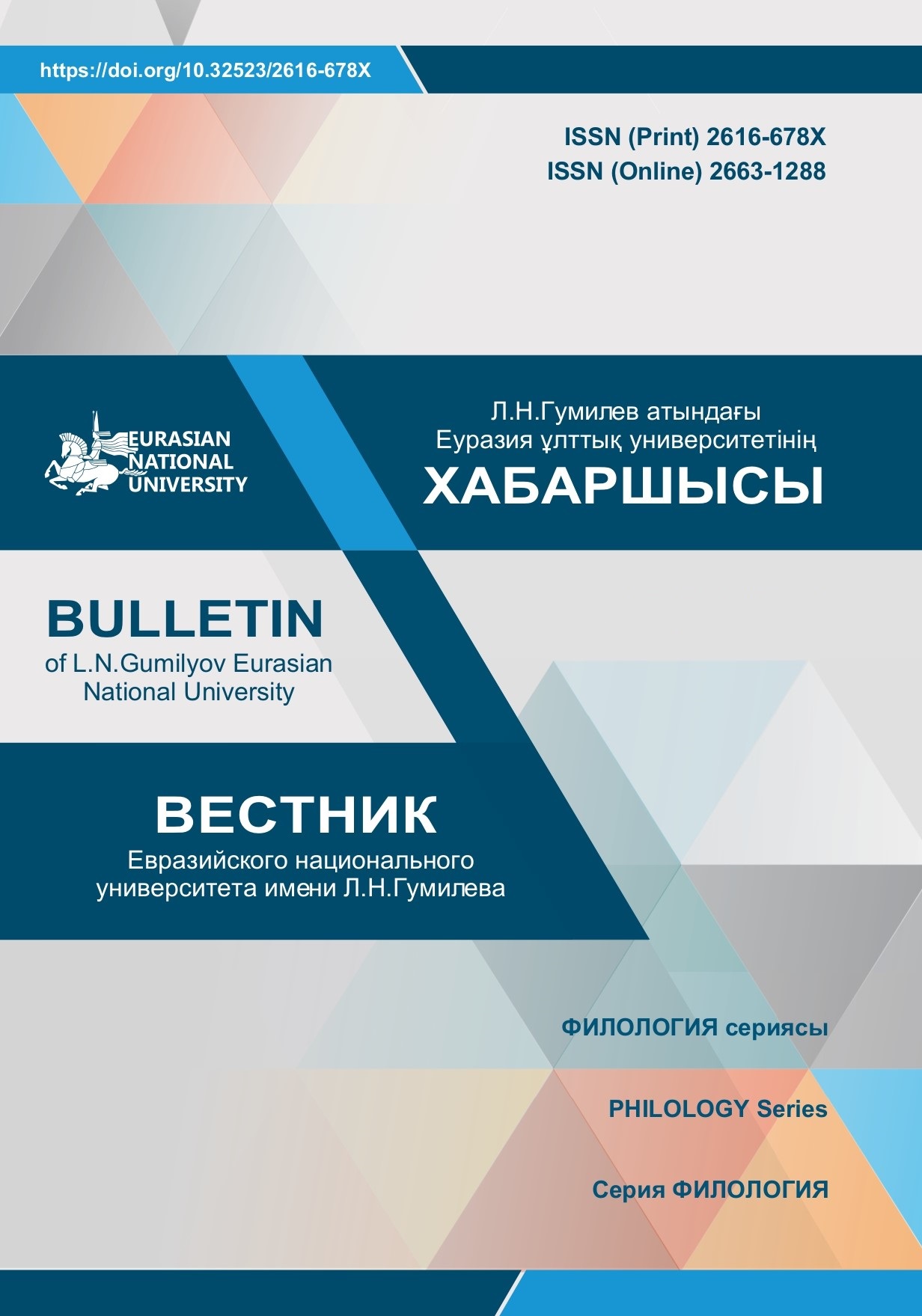Culture-Marked Units of the Lexical-Semantic Field “Food”
Views: 180 / PDF downloads: 95
DOI:
https://doi.org/10.32523/2616-678X-2019-129-4-119-124Keywords:
culture-marked vocabulary, lexical-semantic field, realia, language and culture, national-historical color, intercultural component, intercultural communicationAbstract
The article represents and analyzes names of the national and cultural realities of the
Kazakh language belonging to the lexical and semantic field «FOOD». Analysis of the names of national
dishes of the Kazakh cuisine allowed dividing lexical units according to their thematic feature as well as
studying the origin of the names and determining their percentage.
In the course of the work, three main thematic groups of the analyzed field were identified (names
of dairy and cheese products, names of meat and sausage products and names of flour products). The
results of the research led to the conclusion that the explication of the semantics of national and cultural
realities ensures their adequate perception and preservation of the role of the intercultural component of the
lexical units under consideration in the process of interaction of languages and cultures. The results of the
research led to the conclusion that the explication of the semantics of national and cultural realities ensures
their adequate perception and preservation of the role of the intercultural component of the lexical units
under consideration in the process of interaction of languages and cultures.
Thus, in the center of our attention there was culture-marked vocabulary, expressed by national
and cultural realities, which contains background information and thereby reflects the culture of the people
and provides mutual understanding between speakers of different languages.







